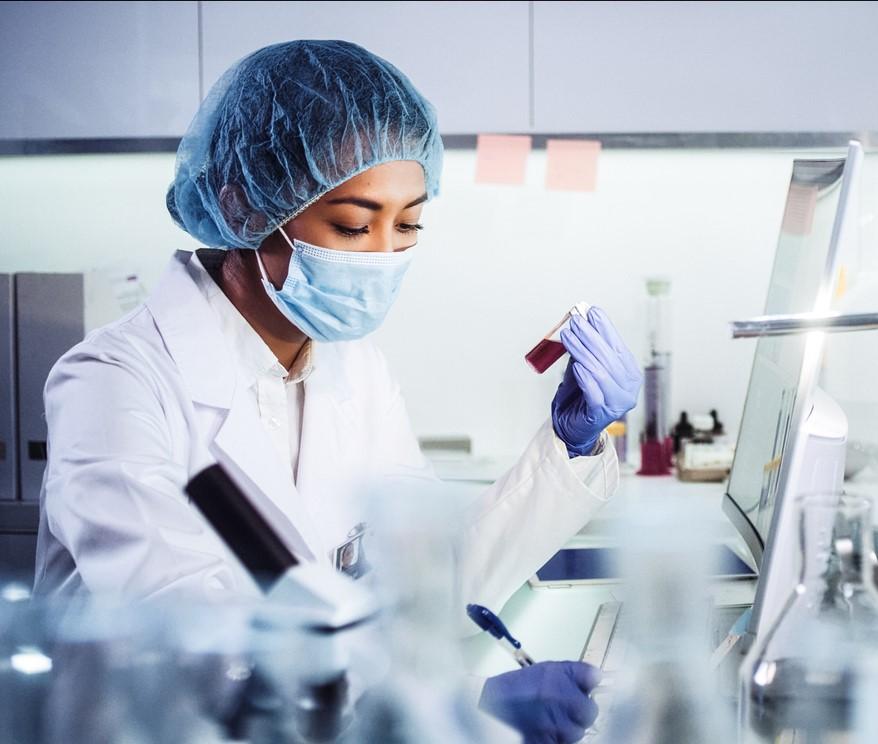The Centers for Disease Control and Prevention (CDC) yesterday announced a major initiative to bolster the global response to antimicrobial resistance (AMR).
The CDC said it has awarded $22 million to 28 organizations in more than 50 countries through the establishment of two networks—the Global Action in Healthcare Network (GAIHN) and the Global Antimicrobial Resistance (AR) Laboratory and Response Network. The networks will focus on preventing and limiting the spread of drug-resistant infections in healthcare settings, building laboratory capacity to detect and understand emerging resistant organisms in the community and the environment, and developing methods to identify and respond to resistant pathogens more quickly.
The CDC will also fund additional short-term research and innovation projects with the money.
Michael Craig, MPP, director of the CDC's Antibiotic Resistance Coordination and Strategy Unit, said the networks represent the next steps in the agency's efforts to address the growing threat of AMR. While the CDC has spent the past 5 years building domestic capacity for detecting and responding to resistant pathogens, the two new networks aim to bring that capacity to other countries.
It's a recognition, Craig said, that combating AMR will require a stronger global response, and that the United States plays a critical role in building that response.
"We're talking about establishing capacities that don't exist, or don't exist at the levels we think they need to be at," he told CIDRAP News. "This is really one of those challenges where every country in the world needs to do their part."
Boosting global lab capacity
The Global AR Laboratory and Response Network is essentially an international extension of the US AR Lab Network, which the CDC established in 2016 following the release of the 2015 National Action Plan for Combating Antibiotic-Resistant Bacteria. The aim of creating the domestic network, which includes labs in 50 states and multiple cities, was to enable public health officials to rapidly detect novel and multidrug-resistant pathogens and coordinate a quick response.
Craig said the investment from the CDC will help labs in other countries—notably those in low- and middle-income countries in Africa, Latin America, and Asia, many of which lack such capacity—do the same.
"Its primary purpose is to improve the detection of a myriad of antibiotic-resistant pathogens, and not just detect them better, but identify what's going on with those resistances and tie it with response, prevention, and containment activity so that we can get ahead of those pathogens," he said.
The other network, GAIHN, will help healthcare facilities like hospitals and nursing homes both identify resistant pathogens and help control and limit their transmission. Because of the overlap between resistant bacteria and healthcare-associated infections, Craig explained, healthcare facilities are critical places where outbreaks of resistant pathogens can either be contained or magnified.
"This network is really designed to improve our capacity in healthcare facilities around the world to detect not just AR pathogens but really any emerging infectious disease," he said.
Lessons from the pandemic
The initiatives aim to fulfill one of the recommendations of the second National Action Plan on Combating Antibiotic-Resistant Bacteria, released last year. Among other things, the plan called for more international collaboration on efforts to control AMR.
Craig, the CDC's point person for AMR, says they also reflect a reality that has been amplified by the COVID-19 pandemic: Pathogens, whether they're viral or bacterial, don't respect borders. But early detection of those pathogens could help the United States and other countries better prepare themselves.
"There is a greater recognition, especially with the pandemic, that we need to get some early detection, early warning systems, and quite frankly share our technical support and experience with other countries, who are also battling these pathogens," he said. "What happens in another country will absolutely have an impact on us."
Among the recipients of the CDC funding is the American Society for Microbiology (ASM), which will partner with the Pan American Health Organization and Brigham and Women's Hospital on a 5-year program that aims to improve surveillance capacity to detect and monitor emerging resistance in Bordetella pertussis and other respiratory pathogens in Central and South America.
"At the forefront of global public health, lies the ability for in-country, integrated health systems to detect, respond to, and prevent threats posed by infectious disease and antimicrobial resistance," Wes Kim, PhD, MBA, assistant director of Global Public Health Programs at ASM, said in a press release. "Improving detection and monitoring of AMR pathogens in community and healthcare settings is crucial towards addressing this pressing public health concern."
























